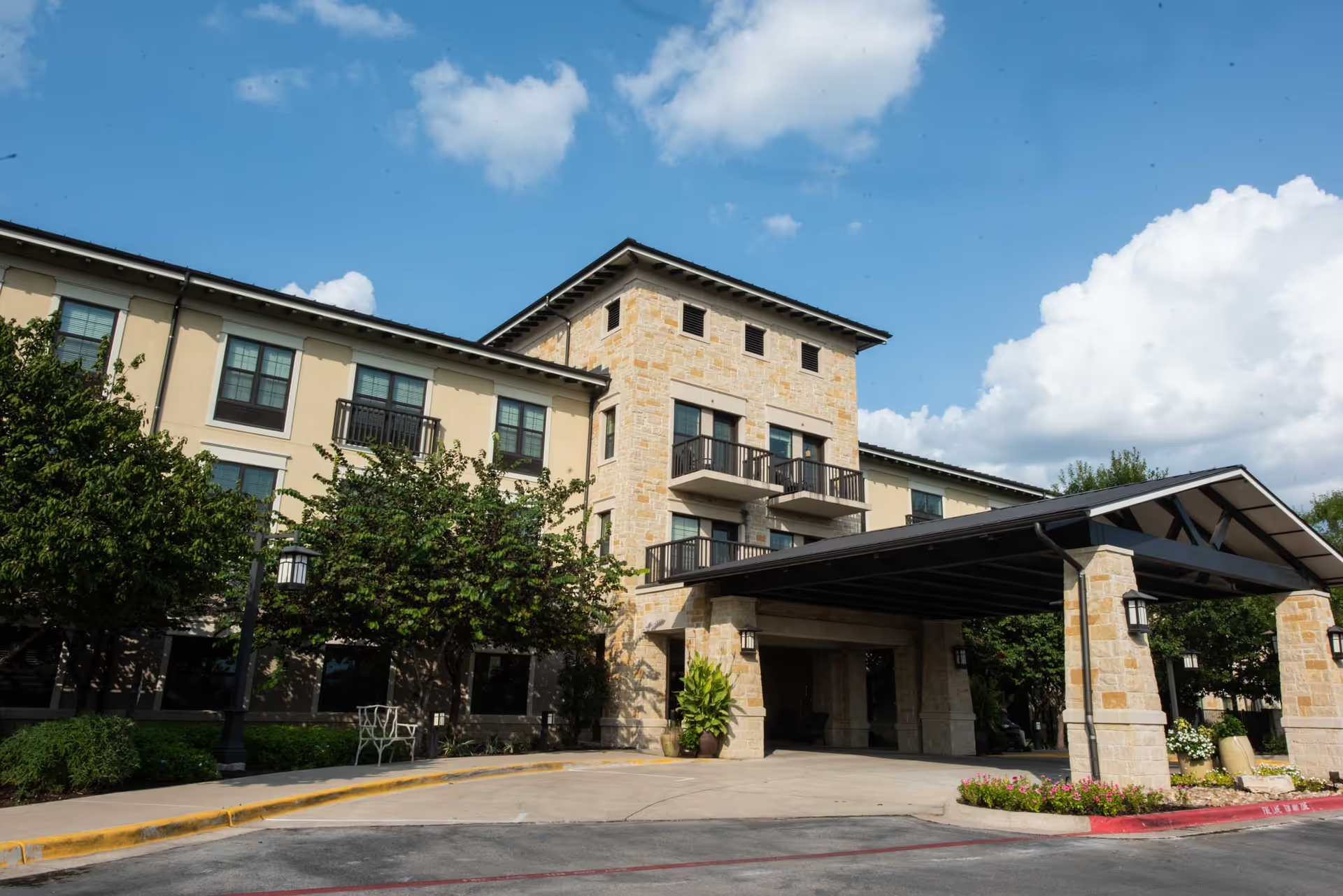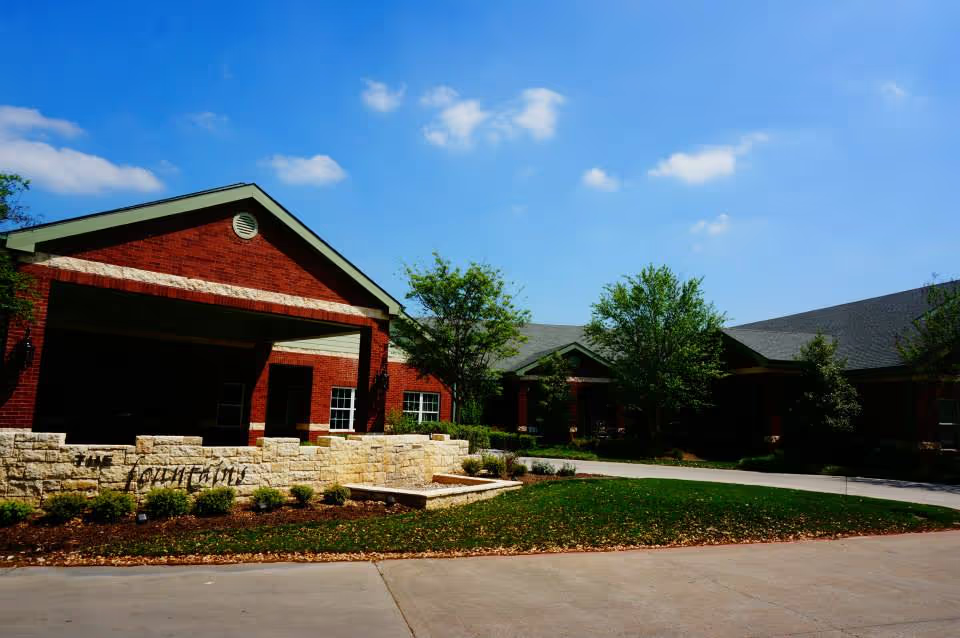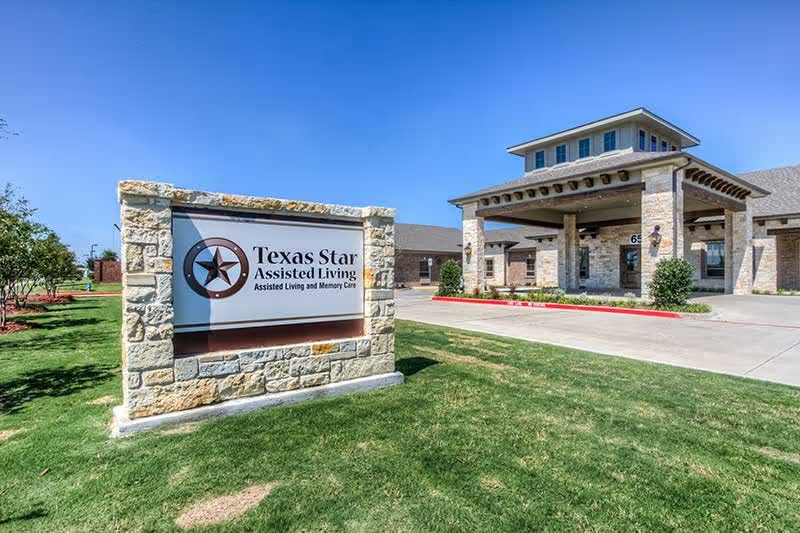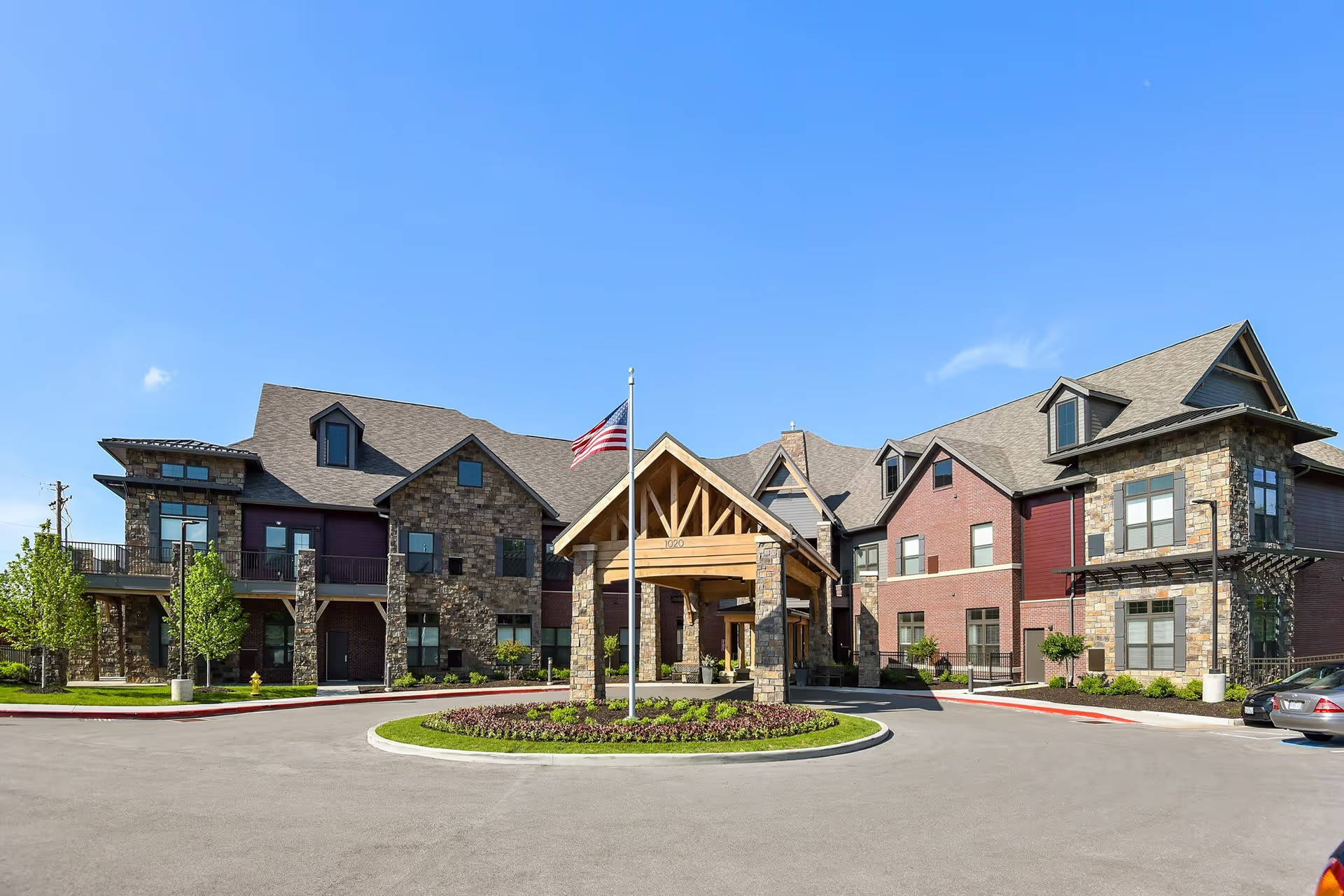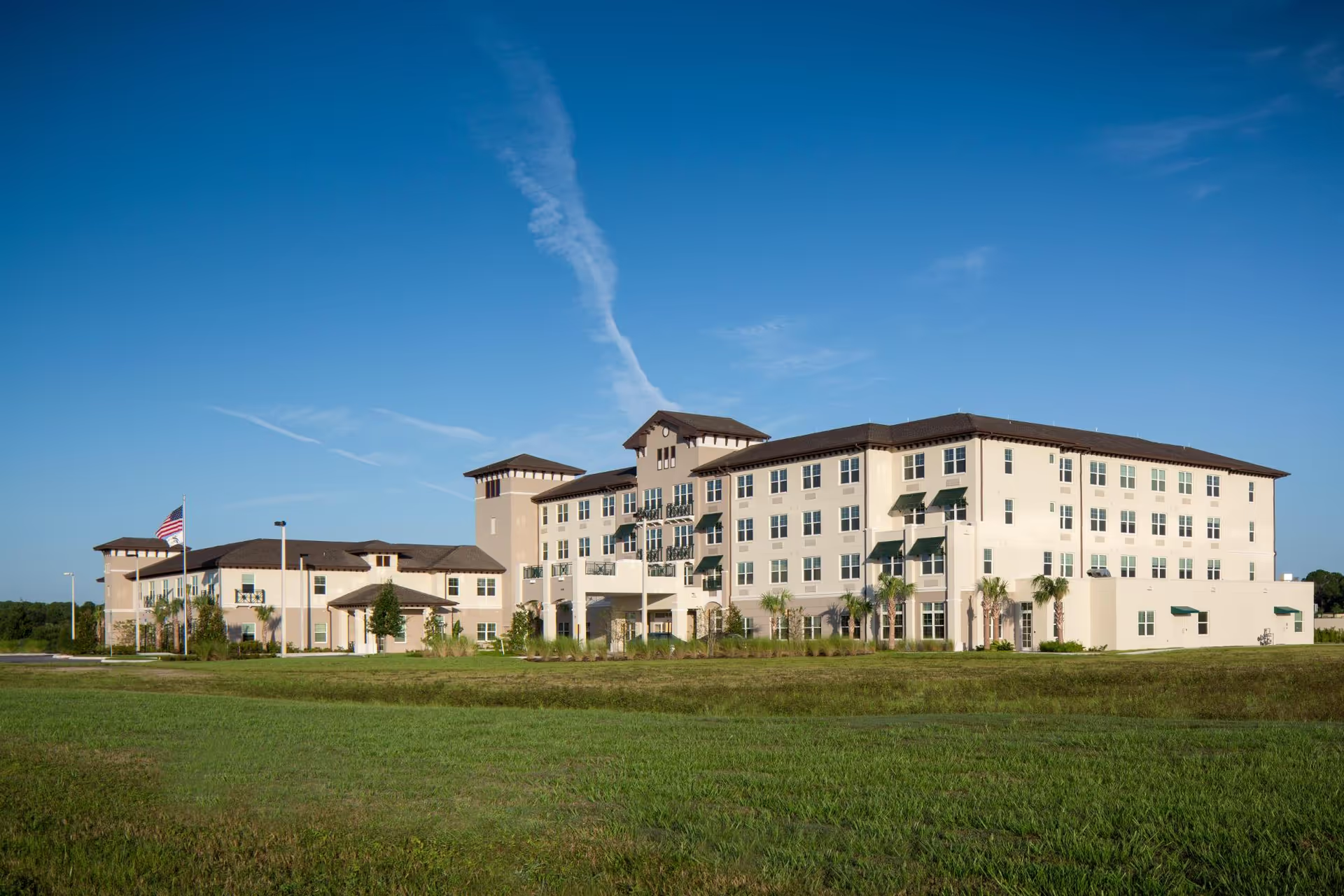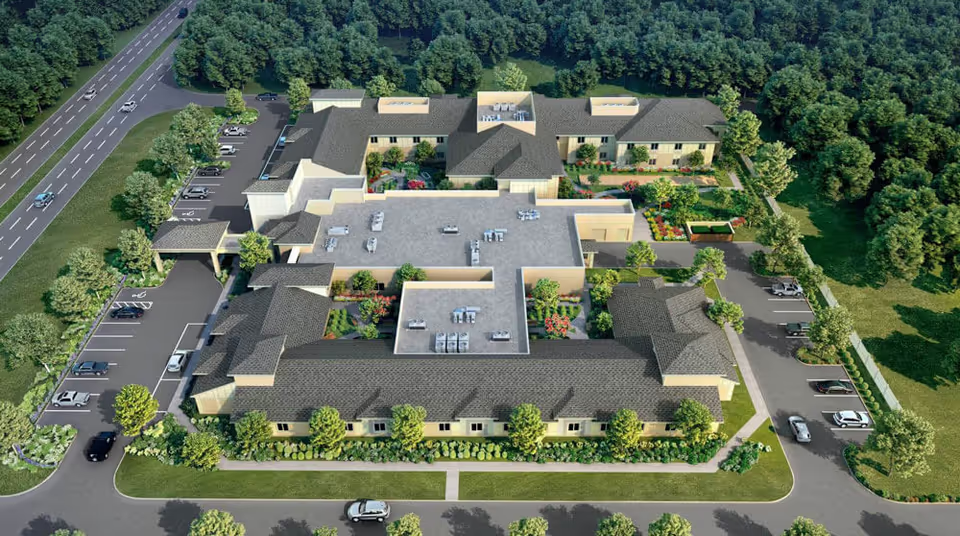Overall sentiment across the reviews is mixed but leans positive with significant and recurring concerns that prospective families should investigate. Many reviewers emphasize that Avalon Memory Care feels like a small, home-like memory-care option: capacity is repeatedly cited at roughly 20–25 residents, rooms are described as private suites with en-suite bathrooms, and the décor (wood floors, fireplaces, rock fireplace, log-cabin feel) gives a warm, residential atmosphere. A large portion of families praise the staff as caring, familial, and attentive — often noting owner/operator involvement and CNAs who form quick rapport with residents. Multiple reviewers cite high staff-to-resident attention, one-on-one contact, flexible visitation, three daily meals, regular activities, and conveniences like a hair salon, patio time, and a welcoming policy for family members and grandchildren. Several families explicitly state that Avalon provided peace of mind and was significantly better than prior facilities, especially for dementia-specific needs.
Care quality and staffing receive both high praise and strong criticism. Positive accounts describe compassionate, competent caregivers, round-the-clock dementia care, daily supervision, and staff who go above and beyond. However, a notable subset of reviews raise red flags about staffing consistency and clinical oversight: reports include poor nurse availability (examples asserting nurse supervision ends mid-afternoon), understaffing on certain shifts (sometimes only three workers), and staff not trained to manage complex medical needs. These staffing inconsistencies correlate with serious safety concerns described in several reviews: falls, bruises, a misdiagnosed blister that later required medical attention, a diabetes-related foot infection, skin tears, and even unreported incidents requiring hospital transfers. Families also report instances where hospice was not notified promptly and where miscommunication with clinical staff complicated care transitions.
Facility operations, cleanliness, and operations show a split pattern. Many reviews praise the facility as extremely clean and odor-free, with tidy common areas and well-kept suites. Conversely, other reviewers report occasional lapses — urine-soiled bedding, crumbs on the floor, rooms left uncleaned after move-in, and laundry errors (lost clothes, mixed laundry). Dining similarly receives generally positive marks for offering three meals and flexibility to dine in the common area or in-room; some reviewers found the food healthy and delicious. Yet others complained about lack of vegetables, low-calorie meals, and instances of low-quality desserts. Activity programming is another divided area: a number of families highlight plentiful activities, engaged staff, and a thriving social life for residents, while a smaller number describe residents as disengaged or report few meaningful activities.
Management and communication appear inconsistent across reviewers. Several people praise specific managers or staff members (Nicole, Mary, owner/operator) for being attentive, responsive, and hands-on. Others describe unprofessional behavior from administrators, poor communication during incidents, a lack of an intake coordinator, missing paperwork, and policies that felt dismissive or cost-driven. Financial concerns are mentioned by some reviewers: higher-than-expected monthly costs and an incontinence surcharge are noted. Service availability is also unclear in places — some reviewers state there is 24-hour care and on-site therapy, while others explicitly say there is no 24-hour nursing or on-site physical therapy. This suggests variability over time, across shifts, or differing expectations among families.
Patterns and practical implications: the majority of reviews report a warm, small, family-run atmosphere with private suites, personable staff, and generally good cleanliness and meals. However, the frequency and severity of the negative reports — especially those involving safety incidents, wound and infection concerns, inconsistent nursing coverage, and communication breakdowns — are important and recurring themes that temper the overwhelmingly positive stories. The contradictory nature of many core claims (e.g., both “24-hour care” and “nurse supervision ends by 3:30 pm” appear) indicates variability in experience that could be due to staffing fluctuations, differing shifts, or turnover.
Recommendations for families considering Avalon Memory Care: (1) Visit multiple times and observe different shifts (morning, evening, night) to assess staffing levels, staff/resident interactions, and activity engagement; (2) Ask directly about nurse coverage hours, on-call protocols, and whether 24-hour licensed nursing is available; (3) Request the facility's incident/accident history and policies for fall prevention, wound care, and hospice communication; (4) Verify laundry policies, lost-item procedures, and dignity/respect protocols (e.g., how residents are dressed for meals); (5) Clarify billing details including any surcharges (incontinence) and what services are included; (6) Ask for references from current families and follow up on recent experiences; and (7) Confirm availability of physical/occupational therapy and how medical needs are escalated. In short, Avalon appears to offer many of the benefits families seek in small memory-care communities — a home-like setting and warm staff — but the recurring safety, clinical oversight, and communication concerns merit careful, targeted questioning and on-site observation before making a placement decision.
